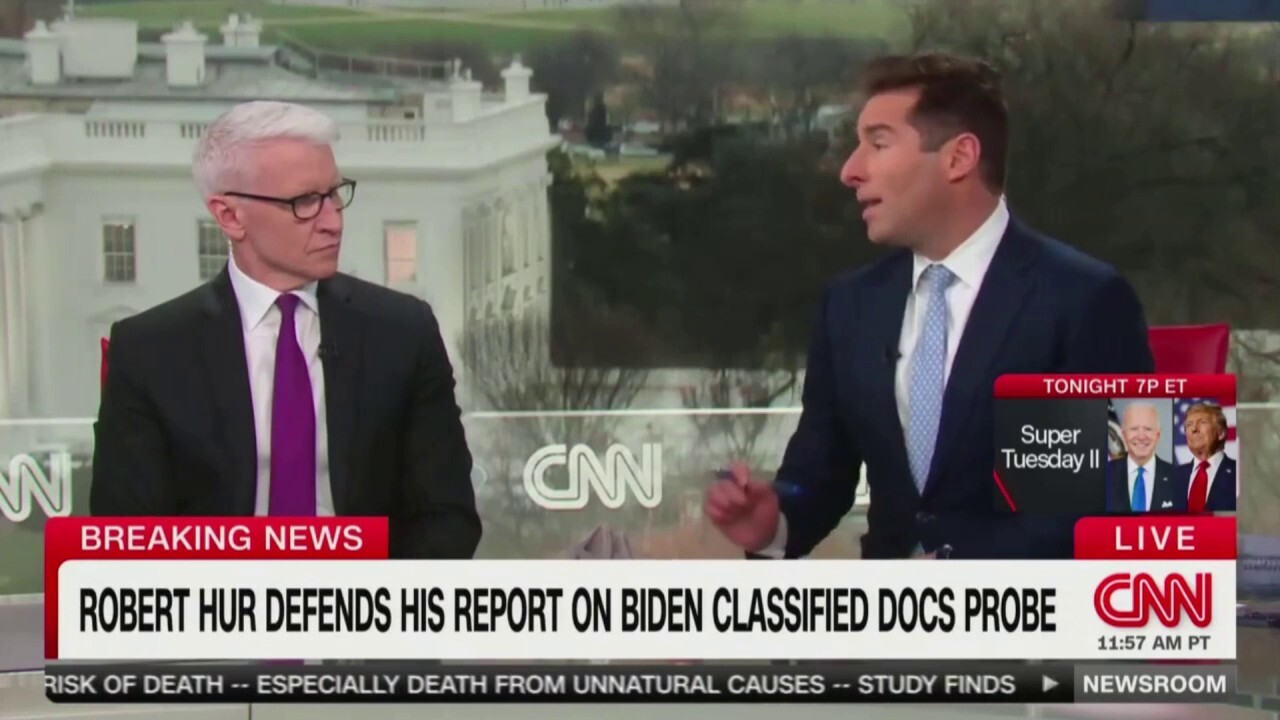The US-China Trade War: Who Conceded First And Why?

Table of Contents
Early Stages and Escalation of the US-China Trade War
Trump Administration's Tariffs and Rationale
The US-China trade war began to escalate significantly under the Trump administration. The administration initiated a series of tariffs, citing concerns about unfair trade practices by China, including intellectual property theft, forced technology transfer, and a massive trade imbalance. These tariffs targeted various sectors of the Chinese economy.
- Steel and Aluminum Tariffs: These broad tariffs, initially justified on national security grounds, impacted Chinese exports to the US.
- Section 301 Tariffs: These tariffs, imposed under Section 301 of the Trade Act of 1974, specifically targeted Chinese goods accused of violating US intellectual property rights, impacting numerous sectors including technology, agriculture, and manufacturing.
- Goal: The stated goals of these tariffs were to reduce the US trade deficit with China, protect American industries, and force China to change its trade practices. The US aimed to level the playing field and promote fairer competition.
China's Retaliatory Measures
China responded swiftly and aggressively to the US tariffs with its own retaliatory measures. These counter-tariffs targeted key sectors of the American economy.
- Agricultural Products: Tariffs were imposed on soybeans, pork, and other agricultural goods, impacting American farmers significantly.
- Manufactured Goods: A wide range of manufactured goods, from electronics to automobiles, faced increased tariffs, leading to higher prices for American consumers.
- Economic Consequences: The resulting trade war led to economic uncertainty for both countries, impacting global supply chains, investment, and consumer confidence. Both the US and China experienced slower economic growth as a consequence of the trade conflict.
Key Concessions and Turning Points
The "Phase One" Trade Deal
A significant turning point arrived with the signing of the "Phase One" trade deal in January 2020. This agreement marked a temporary de-escalation in the trade war.
- Chinese Purchases: China committed to purchasing a significant amount of US goods and services over a two-year period. This addressed the US's concerns about the trade imbalance.
- Intellectual Property: China agreed to enhance intellectual property protections and enforcement mechanisms, a key demand of the US.
- Currency Manipulation: While not explicitly addressed as a concession, the agreement included provisions aimed at preventing currency manipulation, a long-standing US concern.
- Incomplete Resolution: It's crucial to note that Phase One only addressed some issues and left many others unresolved, leaving the potential for future trade disputes.
Subsequent Negotiations and Shifting Dynamics
Following Phase One, negotiations continued, but progress remained slow and uneven. The COVID-19 pandemic further complicated matters, disrupting global supply chains and adding another layer of complexity to the economic relationship. The Biden administration, while maintaining a tough stance on certain trade practices, adopted a more nuanced approach, focusing on cooperation in some areas while addressing concerns about unfair trade practices in others.
- Biden Administration's Approach: The Biden administration shifted the focus from a broad tariff war to more targeted actions against specific Chinese practices. This included efforts to address issues like forced labor, technology theft, and human rights concerns.
- Unresolved Issues: Significant disagreements persist on issues such as technology transfer, intellectual property rights, and the overall balance of the bilateral trade relationship. These issues continue to be sources of tension between the two countries.
Underlying Reasons for Concessions
Economic Factors
Economic realities played a significant role in influencing both sides' decisions to make concessions. The trade war negatively impacted economic growth in both countries.
- US Economic Impact: The tariffs led to increased prices for consumers, hurt some US industries, and contributed to uncertainty in the US economy.
- China's Economic Impact: China's economy also suffered, particularly its agricultural sector, due to US tariffs. The disruption to global supply chains also impacted their economic growth.
- Domestic Pressures: Both governments faced increasing domestic pressure to address the negative economic consequences of the prolonged trade war.
Political Factors
Political considerations and domestic pressures significantly influenced the decisions of both the US and Chinese governments.
- US Political Landscape: The trade war became intertwined with the US political landscape, influencing both domestic and foreign policy debates.
- Chinese Political Stability: The Chinese government also considered the potential for domestic instability if the economic consequences of the trade war became too severe.
- Geopolitical Strategies: The trade war needs to be viewed in the context of broader geopolitical strategies, reflecting the increasingly complex relationship between the two global superpowers.
Conclusion
Determining who "conceded first" in the US-China trade war is a complex question with no easy answer. Both sides made concessions, but the extent and significance of these concessions remain debatable, depending on the metrics used for evaluation. The "Phase One" deal represented a temporary de-escalation, but many key issues remain unresolved. Understanding the concessions made by both sides provides valuable insights into the dynamics of international trade and the complexities of managing global economic relationships. Continue researching the US-China trade war and its ongoing implications for global trade to fully grasp its multifaceted impact. Stay informed about the evolving dynamics of this critical bilateral relationship to better understand the future of global commerce.

Featured Posts
-
 Ex Cnn Reporter Alleges Biden Health Information Suppression
May 15, 2025
Ex Cnn Reporter Alleges Biden Health Information Suppression
May 15, 2025 -
 Pley Off N Kh L Vashington Ovechkina Vstretitsya S Monrealem Demidova
May 15, 2025
Pley Off N Kh L Vashington Ovechkina Vstretitsya S Monrealem Demidova
May 15, 2025 -
 The Unexpected Truth Behind Trumps Egg Price Remarks
May 15, 2025
The Unexpected Truth Behind Trumps Egg Price Remarks
May 15, 2025 -
 High Value Auction Kid Cudis Personal Items Sell For Eye Popping Prices
May 15, 2025
High Value Auction Kid Cudis Personal Items Sell For Eye Popping Prices
May 15, 2025 -
 On Transgender Day Of Visibility A Gender Euphoria Scale And Improved Mental Health
May 15, 2025
On Transgender Day Of Visibility A Gender Euphoria Scale And Improved Mental Health
May 15, 2025
